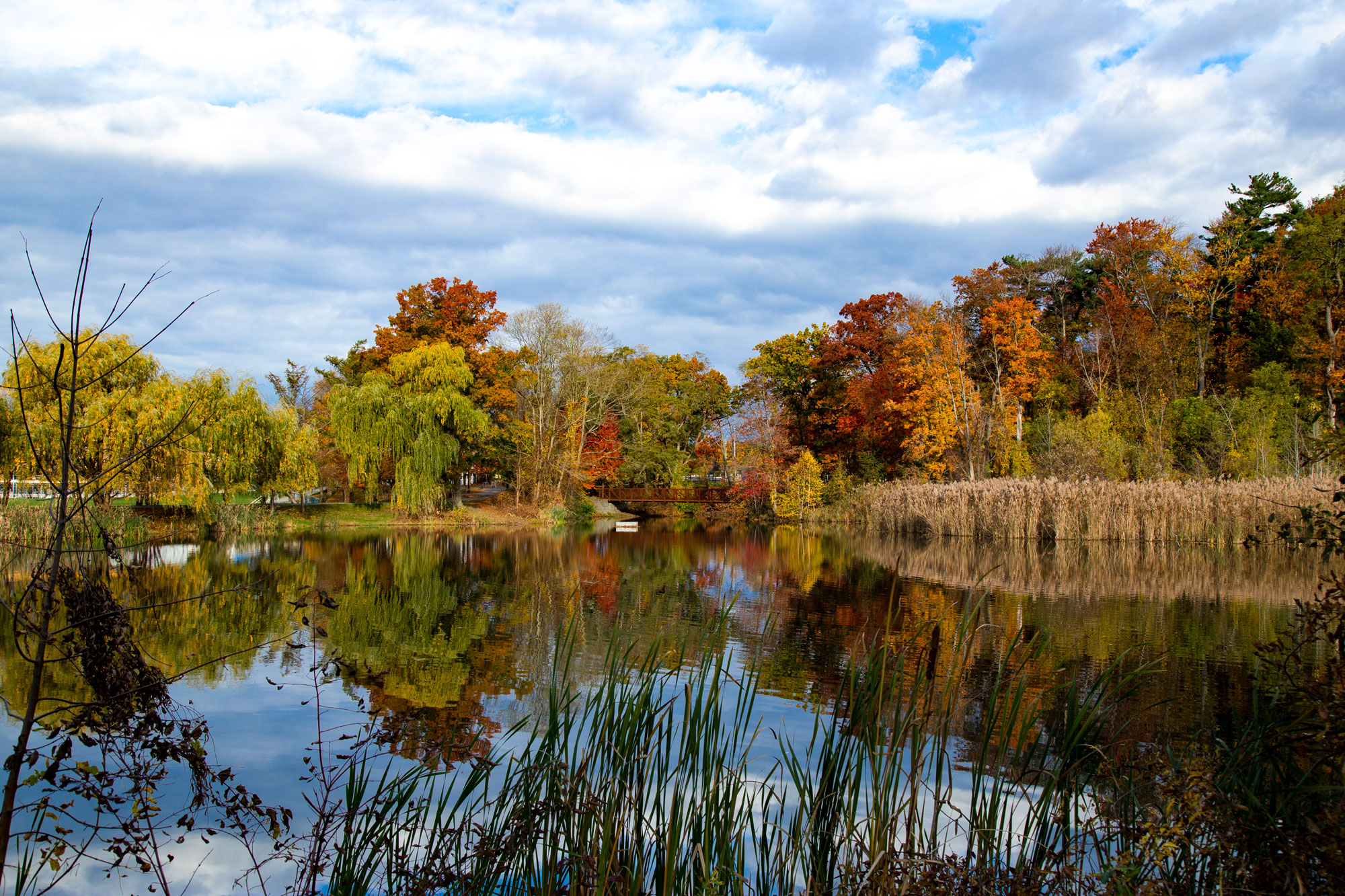The Turner lab at UAlbany
How do visual systems work in the real world? Answering this question means understanding the mechanisms, functions and principles that underlie visual processing and behavior in animals engaged in naturalistic behaviors and seeing realistic visual scenes.
We use the fruit fly, Drosophila melanogaster, as a model to understand vision. Fruit flies are very visual creatures, and they perform a wide array of complex visually-guided behaviors. Because of the excellent genetic and connectomic tools available in flies, we can connect features of visual behavior and computation to specific neurons and circuits. We use a variety of techniques, including in vivo two-photon microscopy, behavioral assays, molecular genetics, and computational modeling.

Join us!
We are looking for scientists at all levels to join us to understand how the brain processes visual information in naturalistic contexts. Techniques in the lab include in vivo two-photon imaging, analysis of big datasets, animal behavior, and more! We will consider applicants from a wide range of backgrounds, including biology, neuroscience, computer science, engineering, and more. If these questions and techniques interest you, and you’d like to discuss working in the lab, please reach out to to Max!